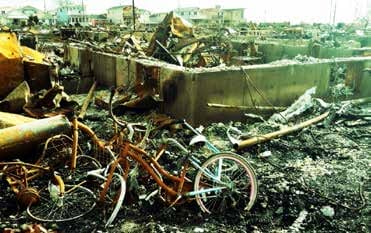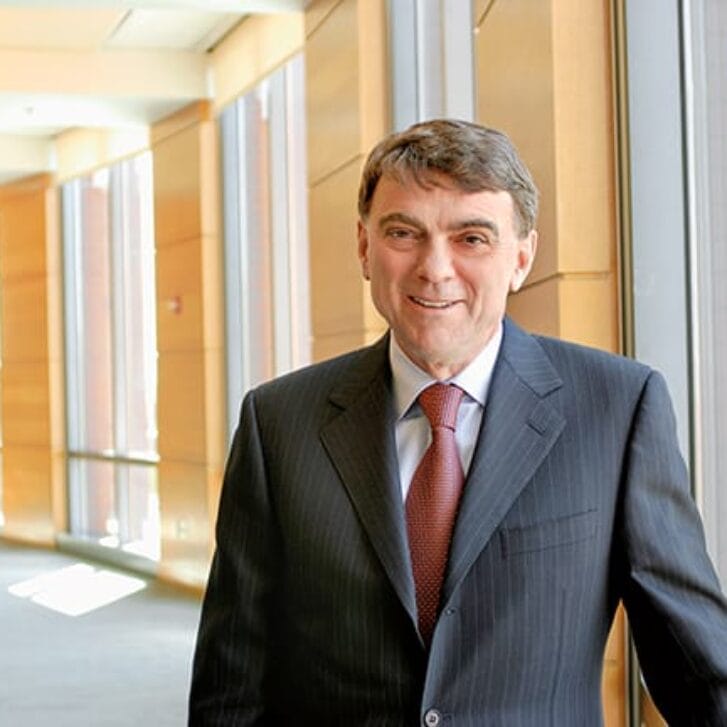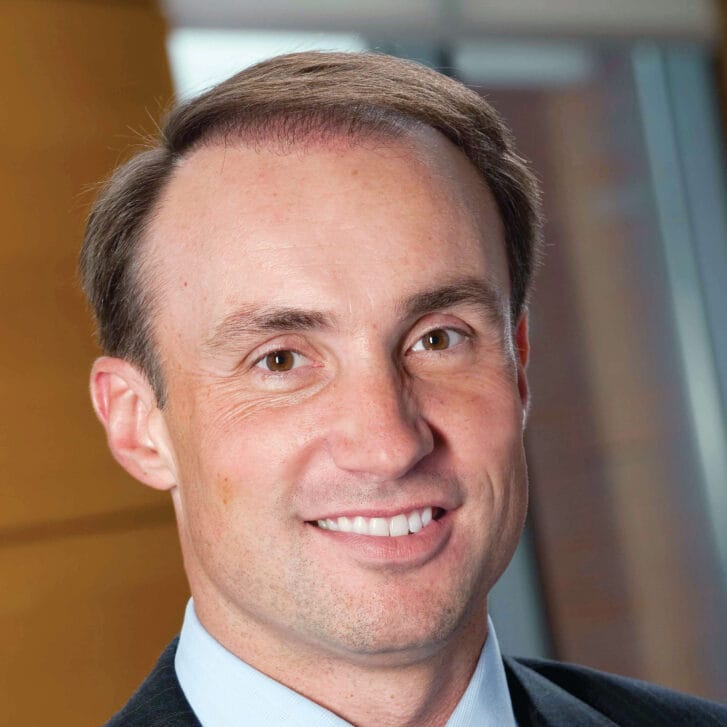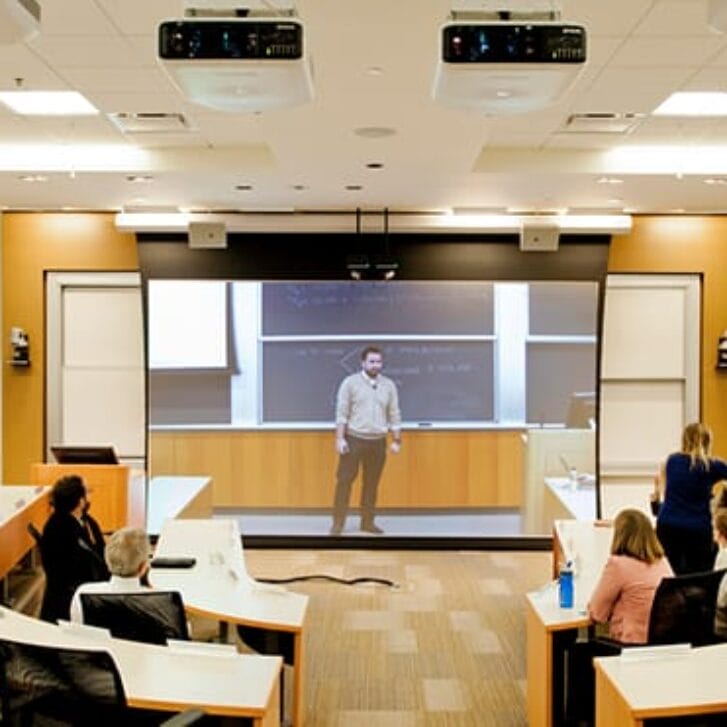On a brisk and blustery December morning last year, I found myself huddled in a tent at Floyd Bennett Field in Brooklyn, NY, with five other Wharton students listening intensely to the planning and operations of the Hurricane Sandy Relief Efforts. The men and women providing orders and updates were part of the New York City Fire Department’s Incident Management Team (FDNY IMT). The IMT is an elite group prepared to manage responses to large-scale, complex disasters that require the involvement of multiple agencies at the federal, state and local levels.
As part of a Field Action Project (FAP) led by Preston Cline, director of the Wharton Leadership Venture Program, our objective was to procure an agreement that would authorize and facilitate the FDNY IMT’s deployment to international disasters.
It just so happened that in the midst of this project the FDNY IMT was tasked with leading the disaster operations for Hurricane Sandy, the superstorm that left a path of destruction along the U.S. East Coast last fall.
We arrived at their operations center in December 2012, and the team had already been in place for more than a month.
In the team’s daily meetings, we watched as they shared information, formulated strategies and disseminated orders across multiple agencies. This gave us a much deeper appreciation for the team’s important management role, and their businesslike, disciplined approach gave a hint for how far they had come from what must have been heady days immediately after Sandy.
Helicopters flew overhead, humvees roared past and thousands of bottles of water stacked on pallets stood ready for disbursement—all while we presented our findings and action plan to the IMT. It was a surreal experience and an honor to work alongside the best and the brightest in the FDNY.
Chief Maynes, Queens Borough Commander for the FDNY, explained to us how the IMT arose out of the need for an overarching management system following Sept. 11, 2001. In prior disasters, when numerous agencies responded, often a lack of clear authority caused culture clashes, differing objectives and confusion about the disbursement of resources. The IMT was established to step in during a disaster and become the focal point for management decision-making. With about 30 team members, each with their own defined role in logistics, planning, operations, finance/administrative, press, safety and legal, the IMT is able to effectively communicate and align all parties’ interests during catastrophes.
When the presentation concluded, Chief Maynes and several other IMT members took us to Rockaway, Queens, across the bay from Brooklyn, to see firsthand the destruction from Hurricane Sandy and the size of the operations that the team had been leading. It was heart wrenching to see the number of neighborhoods, homes and individuals that had been affected.
However, the stories of heroism and bravery by residents and firefighters during the storm were uplifting and inspiring. Firefighters had trudged on foot though floodwaters to reach neighborhoods and fight back the continuing onslaught of flames. Chief Maynes was an exemplar of humble leadership during our tour. He introduced himself to every firefighter and resident we came across and took the time to listen to each of their tragic stories.
During the final meeting of the day, we listened as Commissioner Joseph Bruno of the New York City Office of Emergency Management shared his praise for the significant role the FDNY IMT and its members have played in seamlessly managing the operations of Hurricane Sandy. Their role is a testament to how an overriding and independent management structure is an essential part of businesses working together in joint ventures or alliances.
On their behalf, our FAP team reached out to a multitude of government and nongovernment organizations to identify the key stakeholders in the international deployment process. We had discussions with individuals in Congress and the departments of Homeland Security, State, Defense and Agriculture. Each call gave us the opportunity to use our marketing skills to pitch the FDNY IMT’s value. It also gave us a better understanding about how difficult it can be to change government policy. Ultimately, we were not able to deliver an agreement, but we believe we have helped to lay the groundwork for the FDNY’s participation in future international crises.
Thank you to Wharton, the FAP organizers and Preston for providing this amazing learning opportunity.
Langdon Mitchell, WG’13, recently completed his MBA with concentrations in finance and management. During his two years on campus, he was involved with the Wharton Leadership Program office as a venture fellow for Patagonia and a nonprofit board fellow with Habitat for Humanity of Philadelphia.


























